Digital PR Isn’t Link Building. It’s the Most Profitable Channel You’re Ignoring
Digital PR

There is so much information and advice about digital PR out there, and not all of it is good advice!
Whether you’re an intern just starting out in the industry, or a manager looking after a team, we thought we’d bring together 50 things we think you should all know about digital PR.
1. Trying to come up with creating PR ideas in the middle of a busy, hectic working day is like trying to nail jelly to a tree. Give your brain some space to breathe and you might surprise yourself with what ideas come to mind.
2. Journalists rarely use a percentage figure in their headline as it’s hard for the reader to imagine. They are more likely to use a fraction such as 1 in five to tell the story. Use the JBH PR Calculator to try this out for your PR pitches.
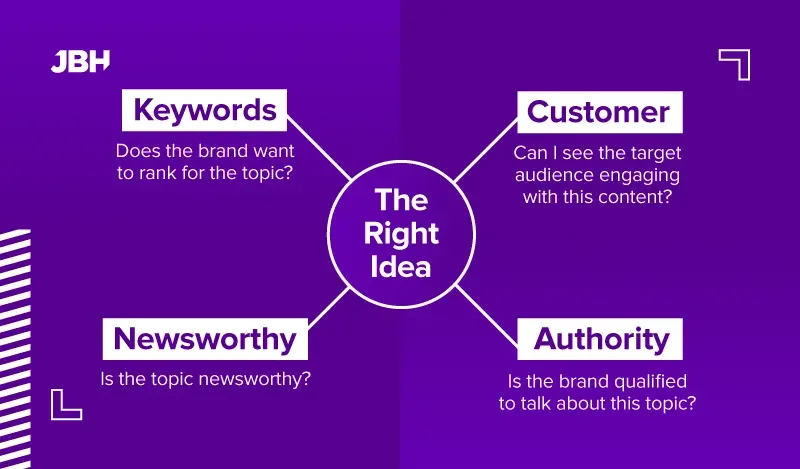
3. Audience relevance is arguably the most important thing to consider when creating your digital PR campaigns. Think about what content would be most relevant to the audience you want to attract, and create content for those people and the publications they read.
4. Journalists and PRs can have quite a fraught relationship at times. The one rule to remember is that if you are faced with a rude email from a journalist is to remain calm and courteous. Do not respond unless you absolutely have to.
5. Keep up to date with Google updates by subscribing to Google Search Central Blog. Read it and draw your own conclusions to incorporate into your digital PR work.
6. Don’t believe everything you read on Twitter and LinkedIn. Sure, it’s great to share knowledge, tips and advice, but posts showing campaigns that generated hundreds of links should always be taken with a pinch of salt. Find the campaign, check AHREFs and make your own mind up 😉
7. Proofread everything. Even if you’re in a rush, make sure someone has proofread your work before you share it far and wide. It’s very easy to become too close to the content you’ve created, so by getting a fresh pair of eyes to check it you might catch a few typos.
8. Manners cost nothing! If a journalist covers your pitch or campaign just drop them a line to say thank you. You can also use this as an opportunity to share your other campaigns, clients and sectors.
9. Journalists use their inboxes like search engines or databases – include keywords and phrases in your emails to journalists so if they search their inbox for specific comments, quotes and statistics you’re likely to pop up!
10. Google Alerts aren’t just for the news! Set up brand alerts for your competitors and snoop on what content they are putting out (and more importantly, if it’s working or not)
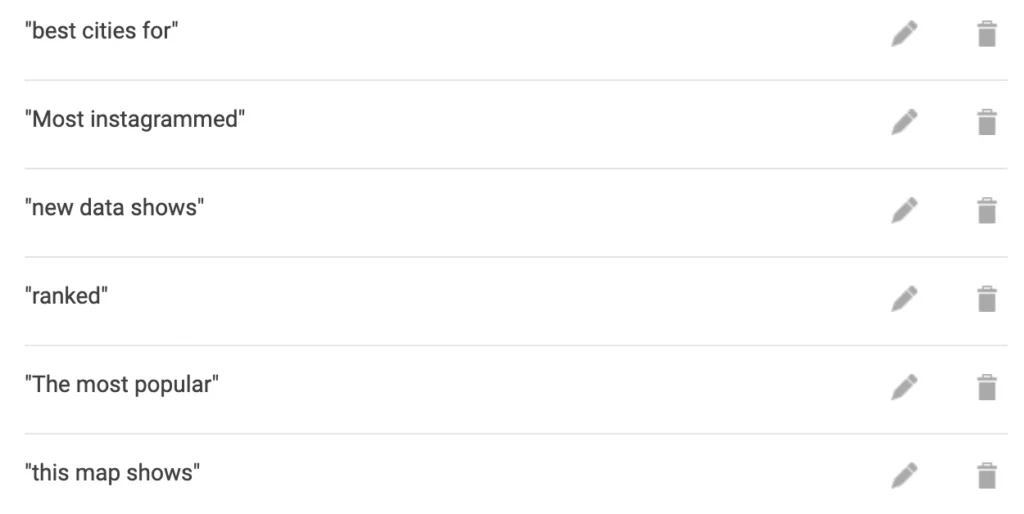
11. Another Google Alerts tip – try setting up alerts for phrases like [TikTok Trend] or [New Survey Reveals]. Each time this phrase is used in the press you’ll get an alert about it so you can see what is being written about! You can make these alerts as niche or as broad as you like eg [UK wedding survey reveals] would give you fewer but more relevant results if you were working with a wedding brand.
12. Think about where your content sits within the site hierarchy of your client’s website. Hosting your PR campaign content within the same folder as the commercial page that you’ve been asked to improve will be more beneficial than the content sitting on the blog (even with internal links).
13. Don’t try and pitch ‘expert comments’ to journalists if your client isn’t an expert in their field. Not everyone can (or should) be a thought leader. Google’s latest E.E.A.T update looks for experience as well as expertise to judge where to rank sites in the index.
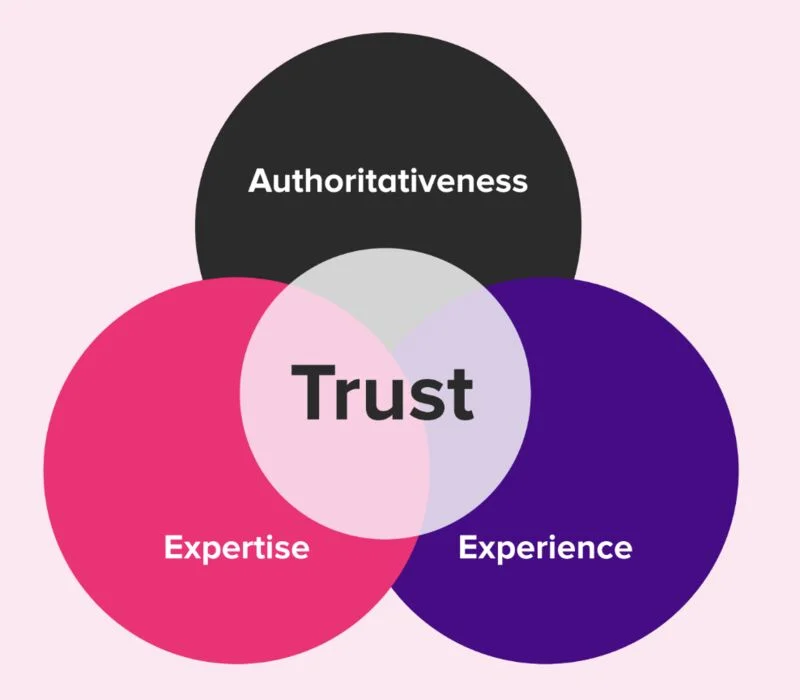
14. Digital PR isn’t just about building links. We’re building trust for the brands we work with, so report on that brand mention!
15. Don’t forget about the added value of your digital PR campaigns. From sales, down to e-newsletter sign ups, think about all the ways you could make your campaigns more commercially attractive. Your clients will thank you when it comes to reporting time. We’ve got a great case study showcasing value you can add for our client The BottleClub.
16. Asking a journalist for a link to be added to their article? Don’t just ask for the link, explain and reiterate the value the addition of the link adds to the reader experience and the credibility it adds to their article by citing their source.
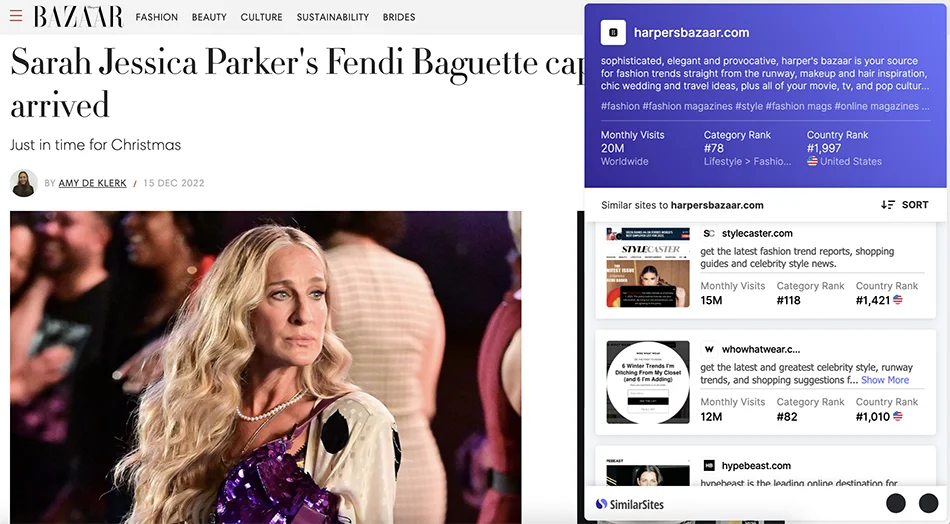
17. Don’t rely on your journalist database when creating your media lists – spend some time prospecting manually as you’ll likely find niche journalists and publications to send your pitches to, that might not be listed on the database. The above screenshot is using SimilarSites to find fashion sites like Harper’s Bazaar.
18. Measuring PR isn’t just some magical equation you can perform to show the value and ROI – your digital PR strategy has some work to do first before you can start measuring rankings, traffic and sales/conversions. Manage these expectations with clients/stakeholders up front and be transparent about how long it could take.
19. Make your content easy to read. Use headings, bullet points, imagery and text formatting to help signpost the reader down the page. Not only will this help the reader, there is evidence to suggest that Google looks at this as well.
20. An increase in branded search is a good way to understand if your digital PR activity is working – you can even compare your own branded search volume to that of your main competition as a way to benchmark your success.
21. Regionalising your campaign pitches is a great idea – but don’t forget to consider the audience relevance when doing so. If your client or brand can’t trade in a certain region then securing coverage there might not make the most commercial sense.
22. When creating a data led digital PR campaign, consider if you need to include hundreds of different data sources. Quite often, only one key angle will resonate, so the skill is predicting what that angle might be.
23. Beautiful data visualisation can take a campaign to the next level, but we have found that we can get just as good (sometimes better) results using a plain text table.
24. Keep it brief when pitching! Most people’s attention span is less than 8 seconds these days, avoid long sentences or waffle in your pitches. Get to the point, quickly and simply for the best chance of getting your story covered.
25. Keep tabs on statistical data release calendars and plan your content around them. The easiest way to do this is to dedicate some time at the start of each month to search for what is going to be released AND sign up for newsletter alerts from each data source. We’ve got 200 free data sources you can use too!
26. Split test subject lines to see which perform better, you might find that some publications prefer a certain style of subject lines, so you can remember and use that to your advantage in the future when pitching that same publication.
27. Get to the point in the first sentence of your email. Journalists are busy people, don’t make them work hard to find your PR story. When you read a news article, the lead hook is usually in the first paragraph or sentence. Copy this technique for your pitch emails.
28. Craft different subject lines for different audiences, even if the story is essentially the same, your subject lines should be created to encourage journalists to click into your email.
29. If you have a campaign packed with interesting data, don’t make it a chore for the journalist to find the story. Use formatting (bullet points, headlings, bold text) to help you relay which bits they need to see first.
30. Wondering how to measure the impact of your digital PR campaign? Don’t forget about brand search as a metric. If more people are searching for your brand (use Google search console and other tools to see this) than they did before, then digital PR is working!
31. Annotate your Google Analytics! If you have access, make sure you add a note when your digital PR campaigns are launched. At reporting time, it’s much easier to correlate increases in referral or organic traffic to your campaign if you’ve noted it down!
32. Sign up to your competitors’ newsletters so you can snoop on the content they’re putting out. It might even give you some ideas for PR pitches in the future.
33. Don’t let campaign format lead the story. Some of the worst results we’ve had are from campaigns where a client has said ‘I need an interactive campaign’. The story should always dictate the format and present the story in the most interesting and digestible way possible.
34. Don’t become so results-focused that you forget customer service. Transparent communication is always appreciated, so when things aren’t going to plan, be honest. When they are going to plan, tell them about it and celebrate together!
35. Expertise, Experience, Authority and Trust (E.E.A.T) – these are the most important things to consider for digital PR campaigns. If you’re not hitting most of these with your campaigns it’s unlikely that you’ll have much impact on bottom line business results.
36. Pitching expert commentary on behalf of your client? Don’t miss out on links by forgetting to create an author page on their website. This is a great way to showcase their expertise, experience, authority AND shows Google they’re a trusted source of information in their field.
37. Running a campaign where the audience has to submit information to be in with a chance of winning? Try and embed a form on the website, this way any coverage generated from digital PR should include a link to the form. Asking users to submit via email takes this option away.
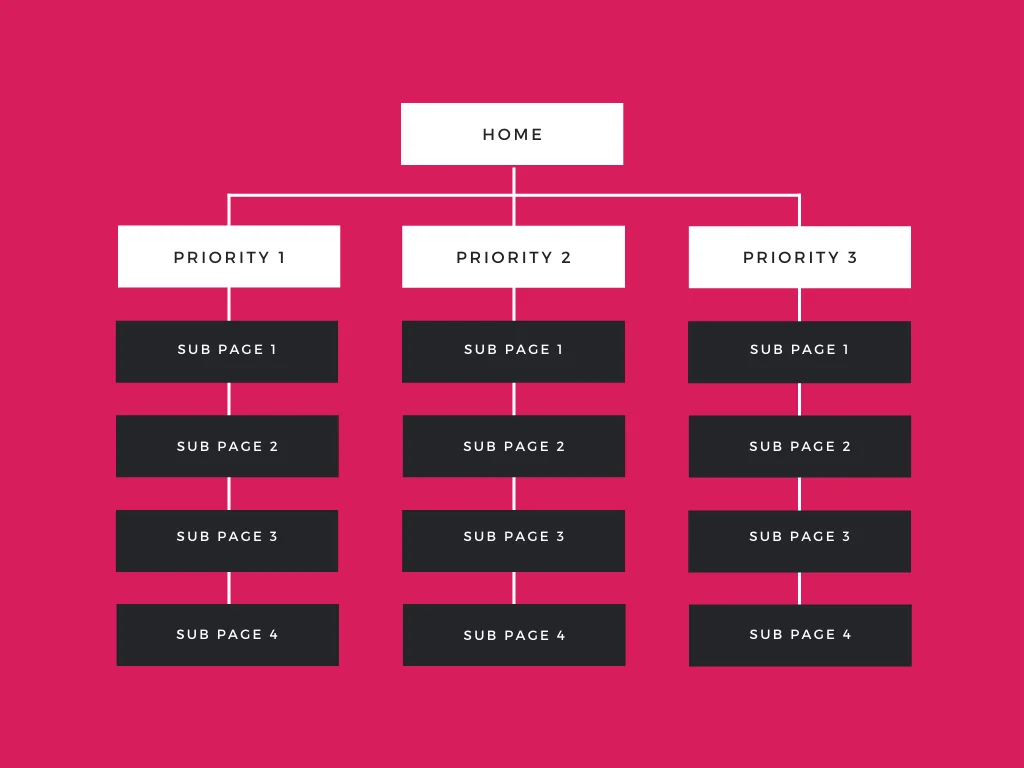
38. Although links to product, service or category pages are unrivalled, don’t forget the power of internal links to those pages too. This is so any link equity you build to that page can pass through the internal links to the pages you want to rank.
39. Does your client/brand collect any data about the products or services that they sell? This data can be fantastic for trend-led stories based on search or traffic spikes. You do have to be a bit careful with sharing user or customer data, however.
40. Looking for more metrics to measure against your digital PR campaign? What about link gaps? Use a tool like AHREFS to see where you’ve earned links on sites your competitors already have, but also see where you’ve earned links on sites where they don’t – both equally juicy metrics to report on.
41. As well as emailing your campaign out to journalists, share on social media channels and relevant community groups on Facebook and Reddit. These are all channels where journalists find stories to write about.
42. Encourage your clients to include logos of the sites where their content, commentary or insight has appeared. ‘As featured in…” can be a useful signal of trust for Google to understand.

43. Use Google Trends to plan when you should pitch your seasonal stories. For example, if you’re pitching a new product, you’d want to start your outreach in the week before searching for that product peak. This is so journalists have the time to write the story in time for when those seasonal searches soar.

44. Not all journalists operate in the same time zones. Schedule your outreach to hit inboxes when they’re looking for stories (in the UK that’s before 8am for most news publications) use a calculator like this to help you.
45. Equally as important are national days and religious holidays. Every country has their own so if you’re pitching internationally then you’ll want to remember when these days are and avoid pitching when journalists are likely to be off work.
46. If you’re doing a campaign that looks at the “most searched for XX in every country” then you’ll need to translate the XX into the most relevant language before checking the search volume. This is time consuming, but will give more accurate results.
47. There is no such thing as a ‘boring’ client or brand. Look below the surface for more content ideas for campaigns. How do people use the product? What else are customers interested in? Create PR stories around those things instead.
48. Focus your campaigns on what your brand or client’s audience REALLY want to read about, not just the campaigns that you think will get hundreds of links.
49. The sites you want links from are the sites that your audience read, not just the sites with the highest DA/DR/TF.
50. Remember, people in this industry only share their best work. You don’t see the flops or the emails from clients disappointed by campaign performance. Keep doing what you’re doing, keep learning and keep producing cool, relevant content for your brands/clients!